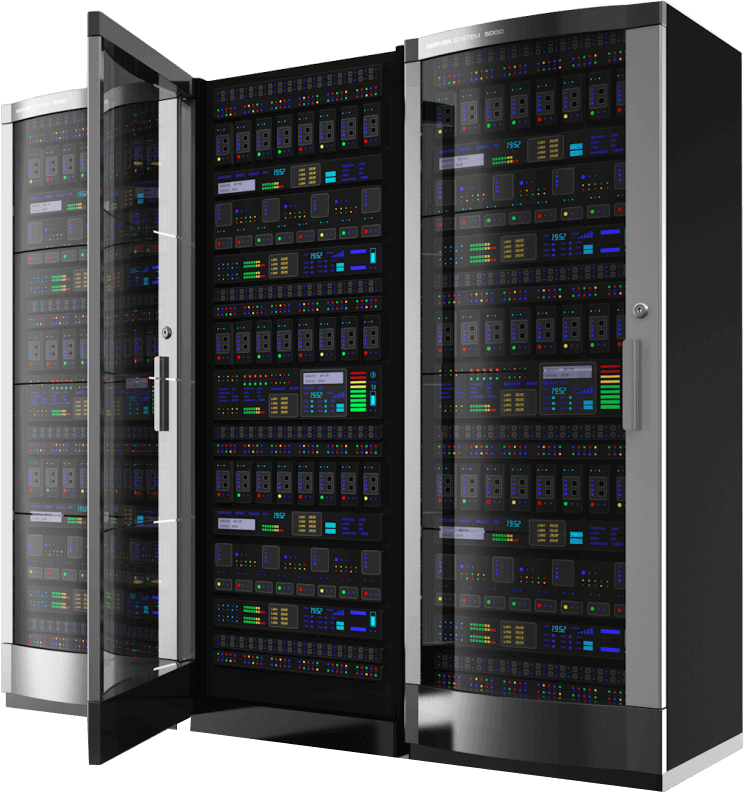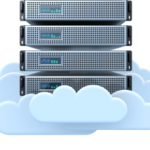
Maximizing Efficiency: Rent Data Center Rack Space - A Comprehensive Guide
In the digital era, businesses rely heavily on robust data infrastructure to power their operations. As data volumes continue to soar, organizations are increasingly turning to data center facilities to meet their growing storage, processing, and connectivity demands. Renting data center rack space offers businesses a flexible and scalable solution to house their critical IT infrastructure. In this comprehensive guide, we’ll delve into the world of data center rack space rental, exploring its benefits, considerations, and best practices to help businesses make informed decisions and maximize efficiency.
Understanding Data Center Rack Space Rental
Data center rack space rental involves leasing physical space within a data center facility to accommodate servers, networking equipment, storage systems, and other essential IT infrastructure components. Rack space rental options range from single rack units (U) to full racks or cabinets, providing businesses with the flexibility to scale their infrastructure according to their needs. Whether you’re a small startup or a large enterprise, renting data center rack space offers a cost-effective and efficient solution to house your critical hardware.
Benefits of Renting Data Center Rack Space
- Cost-Effectiveness: Renting data center rack space eliminates the need for businesses to invest in building or purchasing their infrastructure, reducing upfront capital expenses and improving cash flow.
- Scalability: Data center facilities offer scalable rack space solutions, allowing businesses to expand or shrink their infrastructure footprint as needed to accommodate changing demands and growth.
- Reliability: Data center providers offer redundant power, cooling, and network connectivity to ensure high levels of reliability and uptime, minimizing the risk of downtime and data loss.
- Security: Data center facilities employ robust security measures, including physical access controls, surveillance systems, and biometric authentication, to protect sensitive data and infrastructure.
- Connectivity: Data center rack space rental provides access to high-speed, redundant network connections and connectivity to cloud providers, enabling businesses to connect with customers, partners, and resources more efficiently.
Considerations for Selecting Data Center Rack Space
When choosing data center rack space for rent, several factors should be considered to ensure the provider meets your business needs and objectives:
- Location: Consider the location of the data center facility in relation to your business operations, customers, and connectivity requirements.
- Rack Space Density: Evaluate the provider’s rack space density and availability to ensure sufficient capacity to accommodate your hardware requirements.
- Reliability and Redundancy: Assess the provider’s reliability track record and redundancy measures, including power, cooling, and network infrastructure.
- Security: Evaluate the provider’s security protocols and certifications to ensure the protection of your data and infrastructure.
- Service Level Agreements (SLAs): Review the provider’s SLAs for uptime, performance, and support to ensure alignment with your business requirements.
Best Practices for Optimizing Data Center Rack Space
Once you’ve selected data center rack space for rent, it’s essential to optimize your environment for maximum efficiency and performance:
- Efficient Hardware Configuration: Maximize the use of rack space by consolidating hardware, optimizing server configurations, and minimizing cable clutter.
- Proper Cooling and Airflow Management: Ensure proper cooling and airflow management within the rack to maintain optimal temperature and humidity levels and prevent equipment overheating.
- Power Management: Implement power management strategies, such as energy-efficient hardware, virtualization, and load balancing, to minimize energy consumption and costs.
- Remote Monitoring and Management: Utilize remote monitoring and management tools to track performance, detect issues, and perform maintenance tasks proactively.
- Regular Maintenance and Upkeep: Schedule regular maintenance and upkeep of hardware, including firmware updates, hardware inspections, and cleaning, to ensure optimal performance and longevity.
Conclusion
Renting data center rack space offers businesses a range of benefits, including cost-effectiveness, scalability, reliability, and security. By selecting the right data center provider, considering key factors such as location, rack space density, reliability, and security, and implementing best practices for optimizing data center rack space, organizations can maximize efficiency and performance while minimizing costs and risks. Whether you’re a startup looking to establish a foothold or an enterprise seeking to expand, renting data center rack space provides the infrastructure foundation needed to thrive in today’s digital economy.
